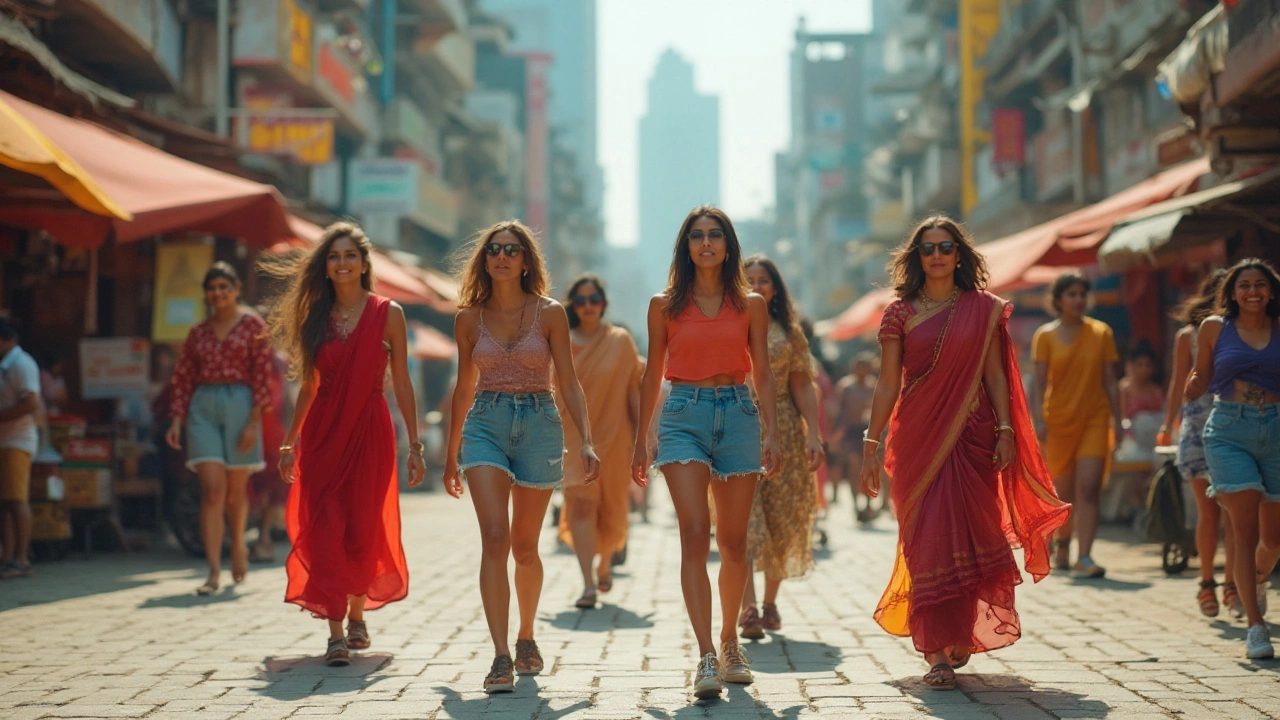Cultural Norms in Indian Society – What You Need to Know
If you’re planning to visit India or just want to get a better grip on how people get along here, start with the everyday habits that most Indians follow without thinking. These are the small things—how you greet a stranger, what you wear to a market, even the way you share a meal. Knowing them saves you from awkward moments and shows real respect.
Common Everyday Norms
First up, greetings. A simple "Namaste" with palms pressed together is the go‑to for most situations. In the north, a slight bow often follows; in the south, a friendly "Vanakkam" works the same way. If you’re unsure, smile, make eye contact, and say "Namaste"—it’s always safe.
Respect for elders is another cornerstone. When you’re with older family members, let them sit first, offer them food before anyone else, and use polite address like "ji" after their name. Ignoring this can be seen as rude, even if you didn’t mean any harm.
Dress codes vary by region but keep it modest in public places. Women usually avoid short skirts or sleeveless tops when visiting temples or rural areas. Men should wear shirts with collars rather than tank tops, especially in formal settings.
Food etiquette also tells a lot about you. In many households, eating with your right hand is the norm—left hand is reserved for hygiene. If you’re offered a dish, try a little bit; refusing everything can be taken as a sign of disrespect.
Special Situations & Celebrations
Festivals bring out the richest cultural norms. During Diwali, people light lamps, exchange sweets, and avoid wearing black. At weddings, guests bring gifts like silk scarves or sweets, and it’s customary to remove shoes before entering the ceremony hall.
When attending a religious ceremony, follow the host’s lead. If you’re asked to sit on the floor, do it—standing or walking around is considered disruptive. Also, keep your phone on silent; many folks view ringing devices as a break in the sacred atmosphere.
Traveling by train or bus? Offer your seat to pregnant women, the elderly, and people with disabilities. It’s not a rule written in law, but it’s a habit that most commuters expect. A quick smile and a courteous "please" go a long way.
Finally, remember that India is a patchwork of languages and customs. What’s polite in Mumbai might be different in Kerala. When you’re unsure, ask politely—most people love to share their traditions and will appreciate your genuine interest.
Bottom line: be observant, be humble, and be ready to adapt. These cultural norms aren’t hard rules, but they’re the glue that holds daily interactions together. Follow them, and you’ll find India’s social fabric a lot friendlier and more welcoming.
